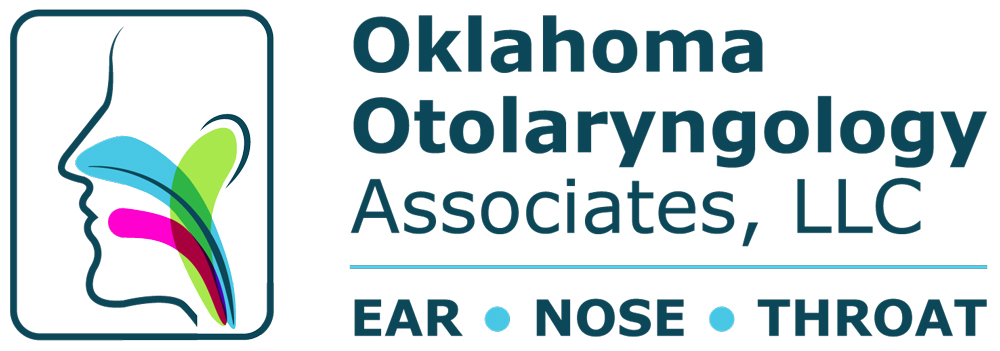OOA Talks About GER and GERD
We at the Oklahoma Otolaryngology Associates will continue on our mission to keep our patients educated and informed about all things ENT. We are your Oklahoma ENT experts! Today, we will discuss a rather common issue affecting people today: Gastroesophageal reflux (GER, commonly known as “acid reflux“) and GERD.
What are reflux (GER) and GERD?
The esophagus is the tube that carries food from your mouth to your stomach. Gastroesophageal reflux (GER) is also known as acid reflux, acid indigestion, or heartburn. It happens when your stomach contents rise into your esophagus. It can cause serious complications if left untreated. If your baby has reflux, his or her stomach contents come back up into the esophagus.
GERD stands for gastroesophageal reflux disease. It is a more serious and long-lasting type of reflux. Gastroesophageal reflux disease (GERD) is a condition that involves frequent episodes of GER. Babies may have GERD if their symptoms prevent them from feeding or if the reflux lasts more than 12 to 14 months.
What causes reflux and GERD in infants?
There is a muscle (the lower esophageal sphincter) that acts as a valve between the esophagus and stomach. When your baby swallows, this muscle relaxes to let food pass from the esophagus to the stomach. This muscle normally stays closed, so the stomach contents don’t flow back into the esophagus.
In babies who have reflux, the lower esophageal sphincter muscle is not fully developed and lets the stomach contents back up the esophagus. This causes your baby to spit up (regurgitate). Once his or her sphincter muscle fully develops, your baby should no longer spit up. In babies who have GERD, the sphincter muscle becomes weak or relaxes when it shouldn’t.
How common are reflux and GERD in infants?
Reflux is very common in babies. About half all babies spit up many times a day in the first 3 months of their lives. They usually stop spitting up between the ages of 12 and 14 months.
GERD is also common in younger infants. Many 4-month-olds have it. But by their first birthday, only 10 percent of babies still have GERD.
What are the symptoms of reflux and GERD in infants?
In babies, the main symptom of reflux and GERD is spitting up. GERD may also cause symptoms such as arching of the back, (often during or right after eating), colic — crying that lasts for more than 3 hours a day with no medical cause, coughing, gagging or trouble swallowing, irritability — especially after eating, poor eating or refusing to eat, poor weight gain, or weight loss. Finally, symptoms of GERD and reflux in infants is wheezing or trouble breathing, and forceful or frequent vomiting.
What feeding changes can help treat my infant’s reflux or GERD?
The following feeding changes may help your baby’s reflux and GERD:
Add rice cereal to your baby’s bottle of formula or breastmilk. Check with the doctor about how much to add. If the mixture is too thick, you can change the nipple size or cut a little “x” in the nipple to make the opening larger.
Burp your baby after every 1 to 2 ounces of formula. If you breastfeed, burp your baby after nursing from each breast.
Avoid overfeeding; give your baby the amount of formula or breast milk recommended.
Hold your baby upright for 30 minutes after feedings.
If you use formula and your doctor thinks that your baby may be sensitive to milk protein, your doctor may suggest switching to a different type of formula. Do not change formulas without talking to the doctor.
Regarding any treatments that may be needed for yourself or you child, please call OOA today to talk to us or to set up an appointment. We hope you have learned a lot from our blog today!

